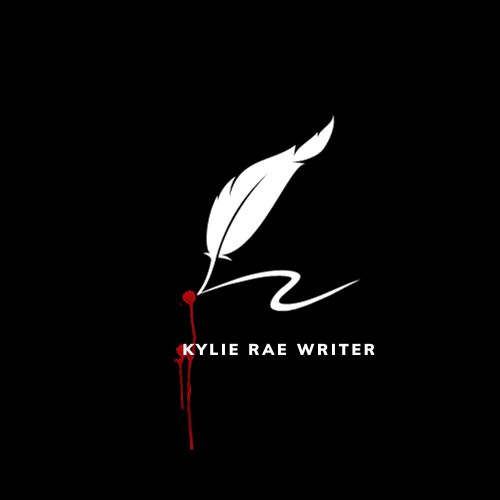This year I’ve taken on another type of writing project; a non-fiction book on the writing process. My original outline for this had literally every step of the journey, and I realized that it would be waaayyyy too much for one book. So, I pruned it down and thought I’d go one step at a time. And as I go along, I’m going to share what I’ve complied on here.
The first step of the writing process (for me, as a plotter) is to brainstorm as much as I can about my project. I’m also an overly organized person and like to write things by hand, so I set up a binder to keep all of my notes in line and collect my thoughts into one safe place. I like to use a binder instead of a folder or notebook so I can move pages around without too much effort. Several writing books gave me tips on this process, and I’ve combined the parts I like best with my own preferences and created my Book Binder Layout.
I break the binder up into six tabs; Calendar, Titles, Timelines, Situations, Characters, and Research.
The calendar tab is where I log how much work I do on the book. I like to track how long I spent on each part of the process and how many words I could crank out on average. It’s also a way to try to beat my previous writing sessions, and it gives me motivation.
Under titles, I brainstorm titles and scribble words I like until I nail down the final decision. I also have space to work on my tagline, keywords, back of the book description, and other things like that.
Timelines is for when I finalize the general storyline and I outline my chapters. I’m not one to plot every single detail ahead of time. I usually just need to have the major points to guide me through; this way I have wiggle room in case my characters have something different in mind. This tab is also where I might include timelines of a character’s life before the book begins so I can keep track of backstory. Or I have an actual calendar where I can track which day of the week something is happening in the book. It’s never practical to go from a Tuesday at work to a Saturday night out without explanation.
Situations is for the brainstorming. I write any thought I’ve had about the project; could be snippets of a conversation, a setting, or just a general feeling I get when I’m planning. As I use them in the book, I’ll highlight over them, so I know which ones have been taken. It’s also a place to keep track of ideas I have while I write for events later in the book or when I have an “aha!” moment about a subplot.
Characters and Research tabs are self-explanatory. I have a few different character questionnaires I go through depending on how well I need to get to know my characters. I’ll also include celebrities that I would imagine playing them in a movie so I have a better image in my head when I’m thinking about the book.
So, this roughly explains my first steps. I’m going to flesh it out way more for the book. Obviously. I just wanted to give you guys a sneak peek on how my brain works. I hope it’s helpful for any of you that also write. And if so, I’d love to hear your thoughts on it and what you do differently.
